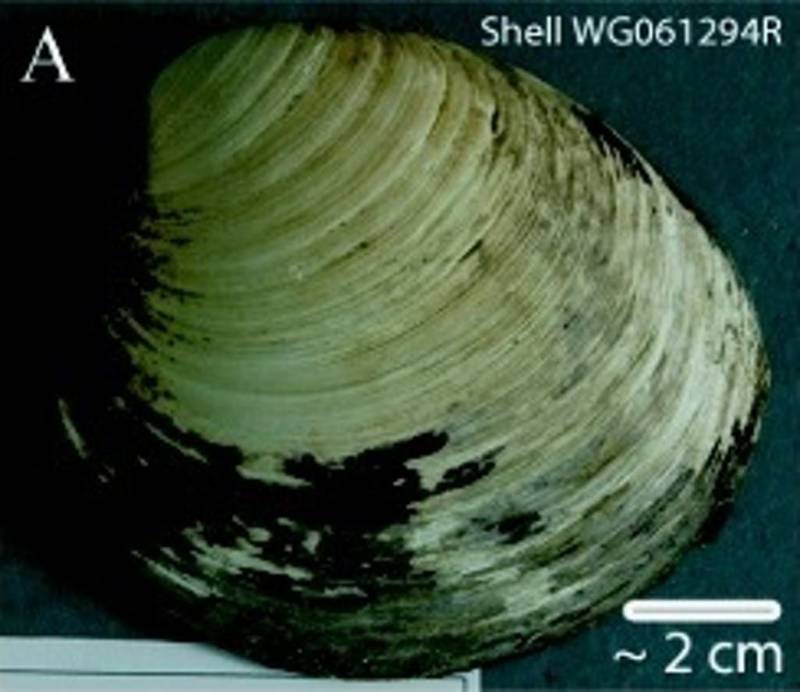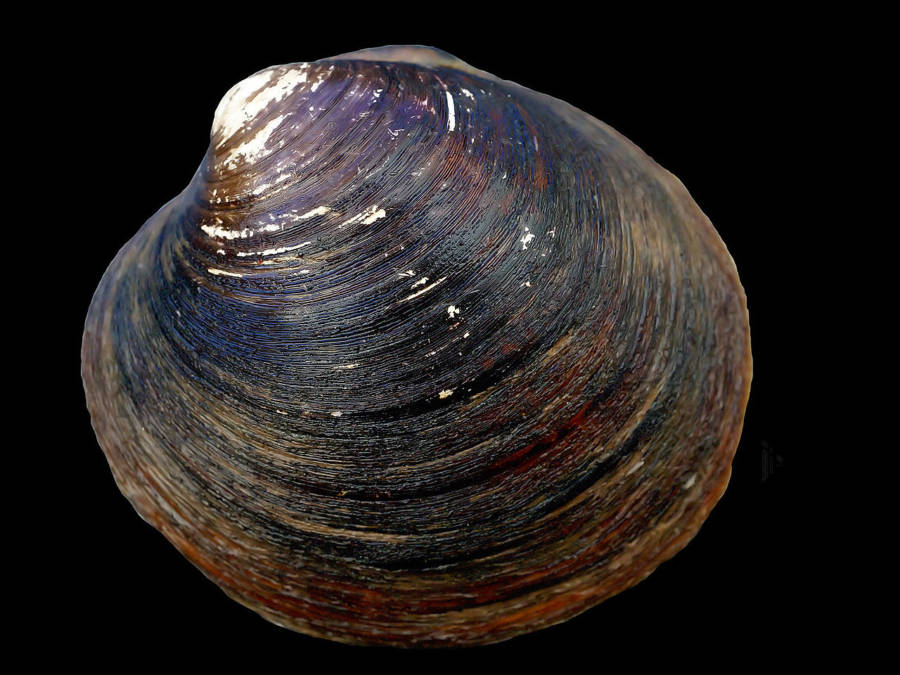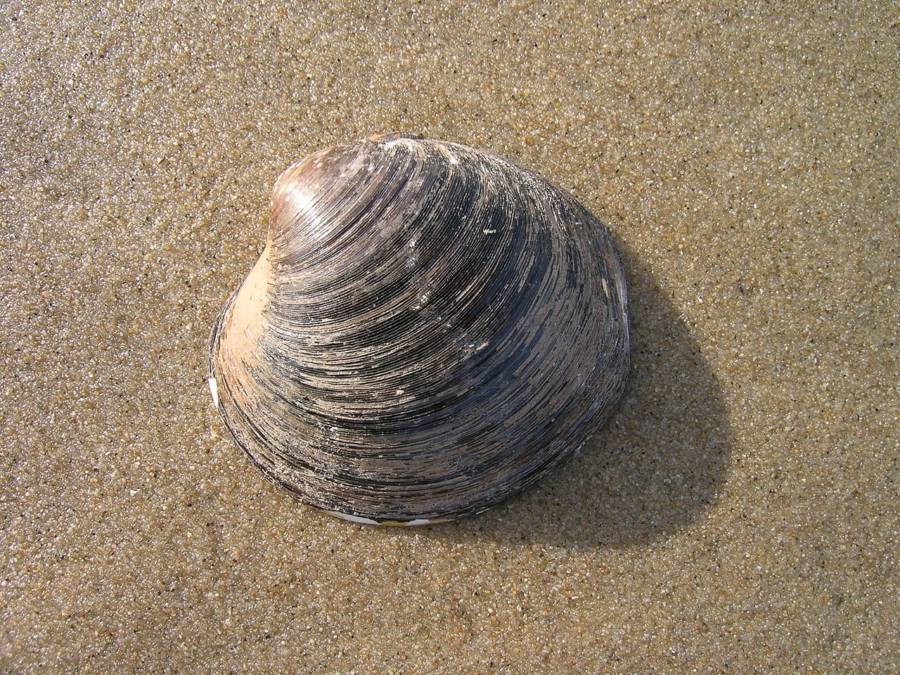Ming the clam is more than half a millennium old, so how could scientists kill the animal?

Bangor UniversityThe shells of Ming the clam.
When researchers cracked open Ming the clam in 2006, they had no idea what they had gotten themselves into.
Named after the Chinese dynasty age in which he was born, Ming the clam is the world’s oldest recorded animal, according to National Geographic.
However, the 507-year-old ocean quahog (Arctica islandica) met his untimely death when the scientists who studied him accidentally killed him.
When news of the clam’s ill-fated end broke, several headlines criticized the scientists. They claimed that Ming was killed just to see how old it was. But it turned out that there was much more to the story than this.
The Discovery Of Ming The Clam
Ming the clam was first discovered in Iceland in 2006 by a group of researchers from Bangor University in the United Kingdom. Ming, along with 200 other ocean quahogs, were dredged up from the bottom of an Icelandic shelf and taken back to the Bangor labs for study as part of a larger research project on climate change.
According to National Geographic, all of the clams were killed shortly after they were removed from the ocean. The clams were frozen on board the ship and taken back to the U.K.

University of Arizona/Wikimedia CommonsLeft valve of Ming’s shell.
It wasn’t until the researchers began their study of the animals that they discovered Ming’s record-breaking age.
World’s Oldest Known Animal
Ocean quahogs are known for their long life spans according to a 2011 study. So it is common to find members of the species that are older than 100.
Their life spans make them the perfect specimen for scientists to use for the study of the history of the ocean and climate change, according to BBC.
Ocean quahogs add a new ring to their shell each year. Those rings can fill scientists in on the conditions of the sea for each year of the clam’s life. Scientists can then discern any changes in the ocean through time, and ultimately see how a changing climate had affected sea life.
In 2007, the researchers discovered that Ming was not like the other ocean quahogs that they had plucked from the sea. The first examination into Ming’s age, figured out by counting the number of rings on its shell, placed the clam somewhere between 405 and 410-years-old, BBC reported.
Unfortunately, to appropriately study the clams, their shells must be removed and placed under a microscope. Until Ming’s shell was underneath the researchers’ microscope, they had no idea that they had miscounted the number of rings, as some of them were too narrow.
Further examination revealed that the clam was actually 507-years-old. Scientists had just dismembered the world’s oldest known living animal.

Hans WillewaertAn ocean quahog, the same species as Ming.
Possibility For Even Older Clams
According to James Scourse, a marine geologist and researcher on the project that killed Ming, if you’ve eaten clam chowder, you might have eaten an animal just as old as Ming:
“The same species of clam are caught commercially and eaten daily; anyone who has eaten clam chowder in New England has probably eaten flesh from this species, many of which are likely several hundred years old.”

Ecomare/Oscar BosAn ocean quahog on a beach.
Scourse also told National Geographic that the 200 clams they collected in 2006 represented a very tiny portion of all the ocean quahogs in the sea.
He added that Ming was just the oldest one that they happened to find. Because of the ocean quahog’s longevity, the possibility that Ming was the oldest one in the whole ocean is “infinitesimally small.”
Ming the clam’s inadvertent death is sad, but his sacrifice could lead to major breakthroughs for scientists in their research on climate change and its effects on the world’s ecosystems.
Besides, odds are that a clam older still lurks somewhere in the ocean deep.
Next, check out the sea sponge, which scientists discovered was the very first animal on earth. Then, take a look at the Greenland shark, which is the world’s longest living vertebrae— and it lives for a crazy-long time.





